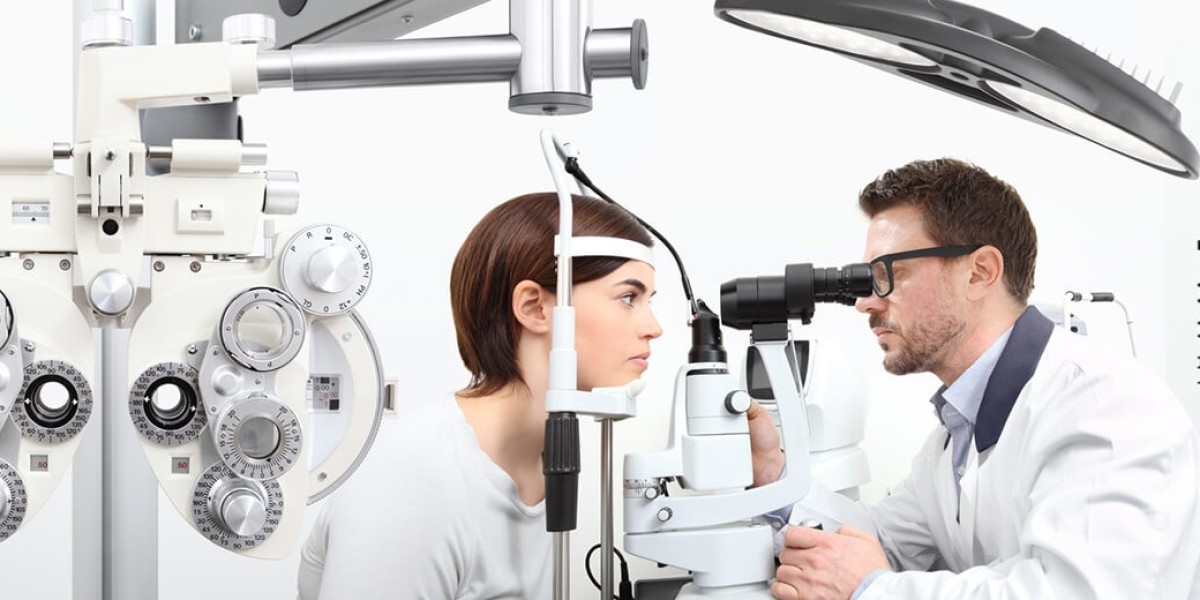How Do Cloud-Based PACS Solutions Improve Teleophthalmology in Rural Areas?
The adoption of cloud-based ophthalmology PACS (Picture Archiving and Communication System) is revolutionizing teleophthalmology, especially in underserved rural areas. These solutions enable remote access to patient data, allowing ophthalmologists to collaborate efficiently from different locations. This accessibility reduces the need for in-person visits and enhances diagnostic efficiency, particularly in areas with limited specialist availability.
Key benefits of cloud-based PACS in rural settings include:
- Scalability: Clinics can easily scale their data storage needs without large upfront investments.
- Cost-efficiency: No need for expensive hardware, making it a viable option for smaller practices with tight budgets.
- Remote collaboration: Cloud PACS facilitates teleconsultations, where specialists can review patient images from different locations, improving diagnostic speed and patient outcomes.
Recent innovations in the field include cloud-based systems offered by companies such as Carl Zeiss Meditec AG and EyePACS, which focus on seamless data transfer and secure cloud storage for medical images. These companies are investing heavily in AI-powered diagnostic tools, enabling real-time analysis of retinal images during teleophthalmology consultations.
What Are the Key Differences Between Integrated and Standalone PACS Systems in Ophthalmology?
When comparing integrated and standalone ophthalmology PACS systems, understanding their functionalities helps clinics choose the right solution for their needs.
- Integrated PACS: These systems seamlessly connect with Electronic Health Records (EHRs) and Hospital Information Systems (HIS), allowing data to flow freely across departments. This is especially useful in large hospitals, where multiple specialists may need to collaborate. Integrated PACS improve workflow efficiency by reducing manual data entry and errors.
- Standalone PACS: More common in small ophthalmology clinics, standalone systems are cost-effective and simple. They dont require integration with other hospital systems but can still handle essential image storage and retrieval. These systems are often favored by clinics with limited budgets that don't need extensive networking capabilities.
The demand for integrated PACS is expected to grow, driven by large healthcare providers. Major players like Topcon Corporation and IBM Watson Health are advancing this field by developing AI-powered solutions that further enhance integration and diagnostic accuracy.
What Factors Are Driving the Growth of the Ophthalmology PACS Market in North America?
The North American ophthalmology PACS market is experiencing rapid growth due to a combination of technological advancements and increased healthcare digitization. The U.S., in particular, leads the market with extensive adoption of PACS in hospitals and specialty clinics.
Key growth drivers include:
- Government initiatives: Programs like the HITECH Act encourage the adoption of EHR systems, which are tightly integrated with PACS to streamline data management.
- Aging population: The rising prevalence of age-related eye conditions such as glaucoma and macular degeneration is fueling demand for advanced imaging solutions.
- Teleophthalmology: Remote consultations and image sharing have become critical during the COVID-19 pandemic, further increasing the demand for cloud-based PACS systems.
Top companies in the region, including Heidelberg Engineering GmbH and Canon USA Inc., are investing in technologies that integrate AI for enhanced imaging, as well as machine learning algorithms that assist with diagnosing retinal diseases.
How Do Standalone PACS Systems Benefit Small Ophthalmology Clinics?
For small ophthalmology clinics, standalone PACS systems offer a practical and budget-friendly solution for managing imaging data. Unlike integrated systems, standalone PACS dont require comprehensive connectivity with EHRs or HIS, making them easier and less expensive to deploy.
Key advantages include:
- Lower costs: Standalone systems require less infrastructure, which is ideal for clinics operating with smaller budgets.
- Ease of use: These systems are often simpler to implement and manage, focusing on the essential functions of image storage, retrieval, and basic analysis.
- Flexibility: Standalone PACS allow smaller clinics to retain control over their imaging data without needing to invest in large, complex IT systems.
Technological advancements by companies like Agfa-Gevaert N.V. are improving the functionality of standalone systems by adding remote access capabilities, allowing clinics to gradually upgrade their systems with cloud-based features as they grow.
Top Innovations by Key Companies:
- Carl Zeiss Meditec AG: Introduced the MICOR 700, a hand-held ultrasound-free lens removal device, enhancing cataract surgery outcomes.
- Topcon Corporation: Developed AI-driven imaging technologies to assist with early detection of eye diseases like diabetic retinopathy.
- EyePACS: Focuses on cloud-based PACS for teleophthalmology, making it easier for rural clinics to access advanced imaging tools remotely.
| More info . | MarketResearchFuture | Related report | at home lab testing market | |
| biotechnology instrument market | ||||
| branded generic market |










